Ryegrass, Beef Builder Forage Annual
$47.00 /50lbs. (50 pound bag)
Improvement over annual for grazing, especially in rust prone areas (high rainfall).
Out of stock
Improvement over annual for grazing, especially in rust prone areas (high rainfall).
| Grow Height | Cold Tolerance | Minimum Rainfall |
Planting Rate Acre |
| 2-3′ | Good | 25″ | 25 lb. |
| Weight | 51 lbs |
|---|---|
| Dimensions | 29 × 17 × 7 in |
Be the first to review “Ryegrass, Beef Builder Forage Annual” Cancel reply
You must be logged in to post a review.
Related products
Fairly large, ragged bunchgrass that was introduced from Africa for cattle forage.
Leafy, sod-forming, perennial, cool-season grass that spreads by rhizomes. This species is both native and introduced.
Originates from the Mediterranean region of southern Europe and North Africa and are often referred to as Mediterranean or summer-dormant types. These summer-dormant fescues basically cease growth during summer in response to long days, high temperatures, and dry conditions. In western regions of Oklahoma and Texas, the Mediterranean summer-dormant fescues offer promise of cool-season production [...]
Warm season perennial tufted bunch grass. Originally collected near Manali, India and tested in Oklahoma and Texas.
Introduced fast growing annual, a heavy forage producer. In some areas of the world the small seed is ground for flour.
Permanent cool season grass. One of the best to use in shade. Excellent year-round lawn when kept watered.
Warm-season perennial bunchgrass introduced from Africa. Adapted to a wide range of heavy soils and dry conditions in central Texas and on wet soils in the Gulf coast.
One of the best known and most commonly used native grasses. It is a long-lived, cool season species that has coarse blue- green leaves with prominent veins.


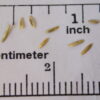
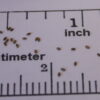
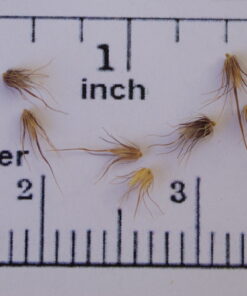
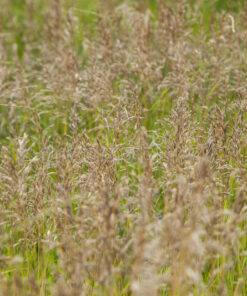
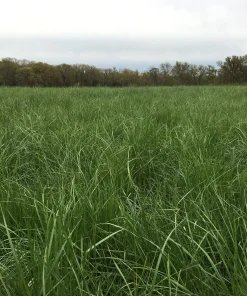




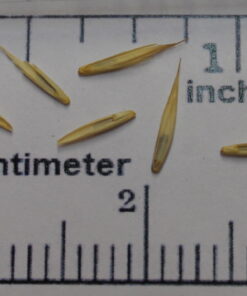
Reviews
There are no reviews yet.